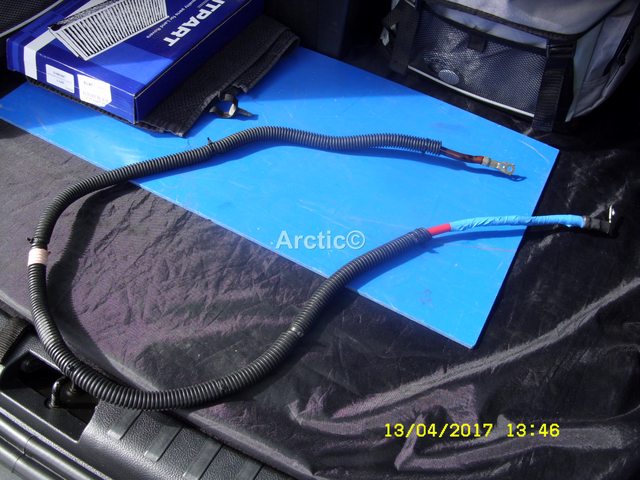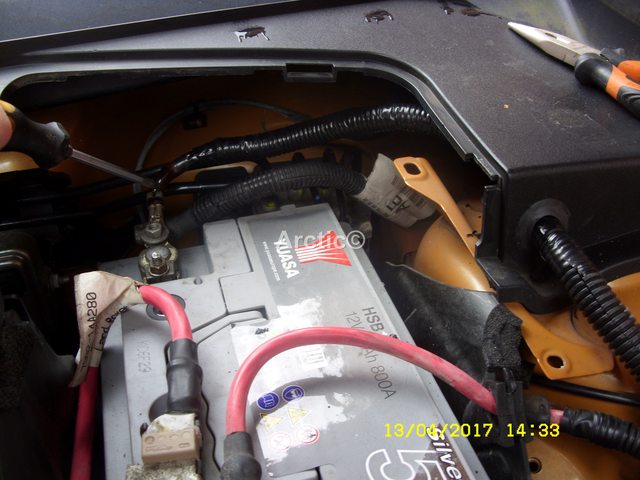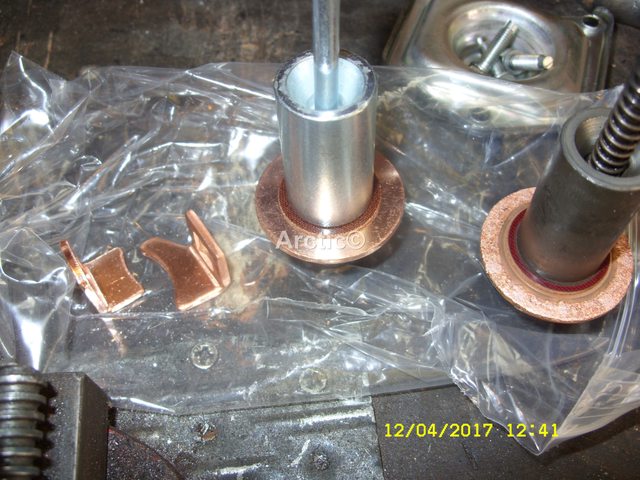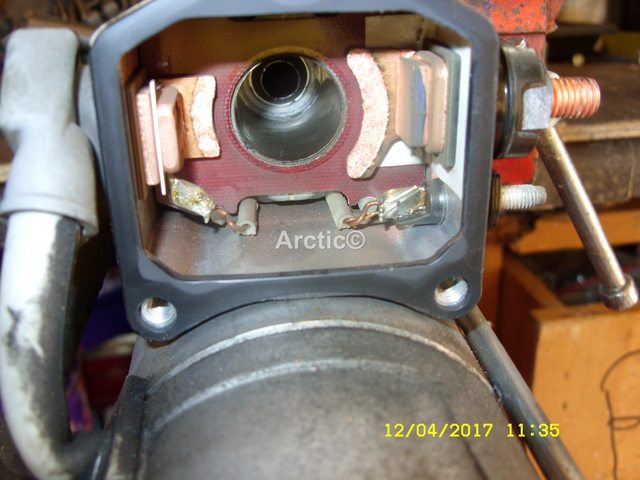a month or so ago my FL2 failed to start one morning - one wurp then nothing - next try not even a wurp. put it on charge and after a while was fine - started normally - the Bosch battery was only 3 yeasold but as it is normally my wife in this car I just changed it - (I still have it as a spare and it's holding charge like a goodun) Alternator voltages are good - no red lights and the heated seats still work so the higher charge rate function when required is still operating properly. I had some instances of the alarm going off and the car reporting bonnet open but the ubiquitous paperclip solved that. Hawkeye reports no DTCs. - but it happened again last night.
Again after a few hours on a charger it behaved it's self again starting fine.
My wife does a lot of short trips - under two miles each time - but even so ????
The only thing I have been able to identify is - if I disconnect the battery, then set my my meter for the 10a range and measure beween positive terminal and positive lead I get circa 4 amps rapidly decaying to 0.9amps - but it seems to stick there - that seems high to me.
Can't see any lights staying on or anything like that.
What discharge current should I be seeing when the car is standing?
- and what could cause a higher drain than normal on the battery?
Again after a few hours on a charger it behaved it's self again starting fine.
My wife does a lot of short trips - under two miles each time - but even so ????
The only thing I have been able to identify is - if I disconnect the battery, then set my my meter for the 10a range and measure beween positive terminal and positive lead I get circa 4 amps rapidly decaying to 0.9amps - but it seems to stick there - that seems high to me.
Can't see any lights staying on or anything like that.
What discharge current should I be seeing when the car is standing?
- and what could cause a higher drain than normal on the battery?




